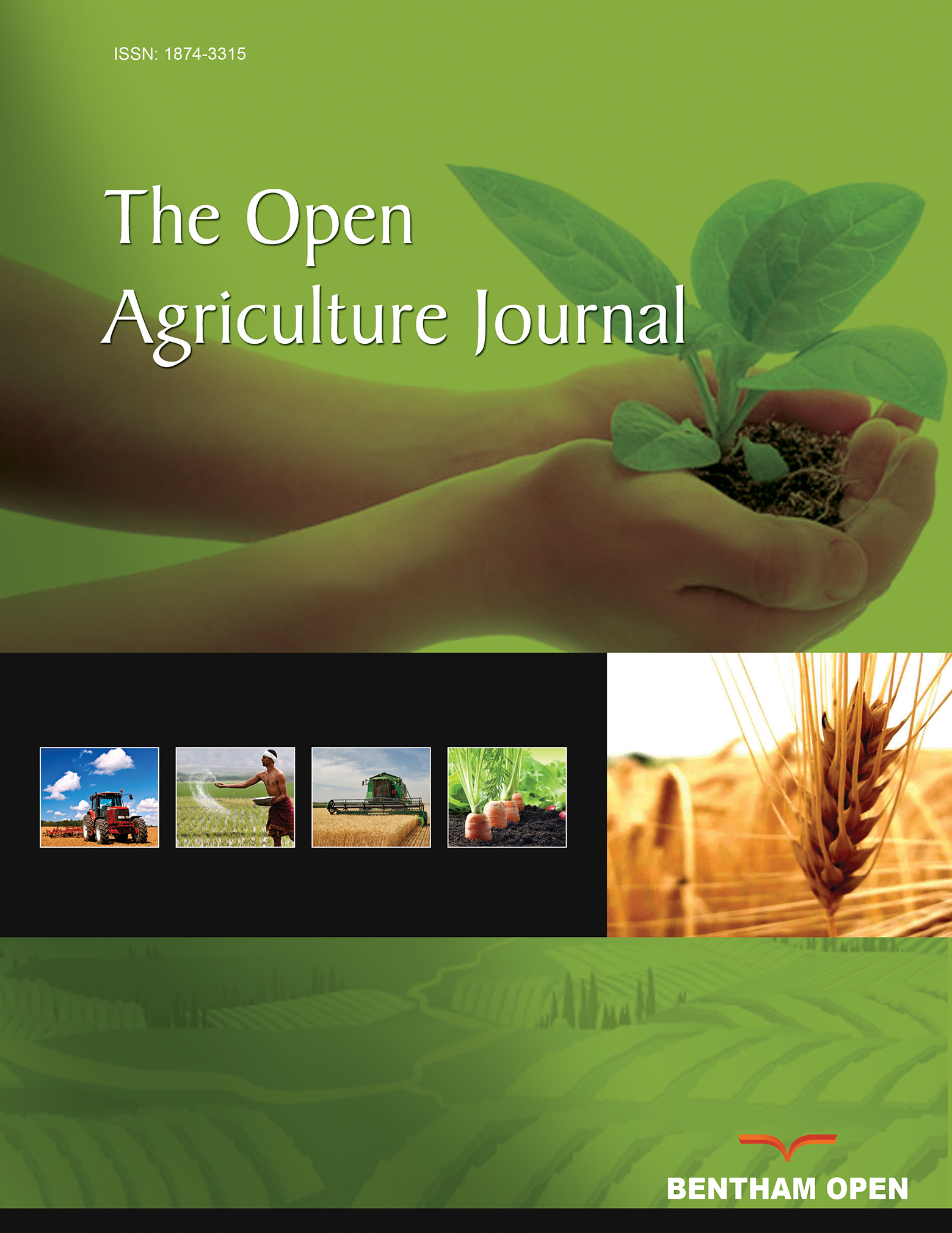All published articles of this journal are available on ScienceDirect.
Control of Bacterial Wilt (Ralstonia solanacearum) and Reduction of Ginger Yield Loss through Integrated Management Methods in Southwestern Ethiopia
Abstract
Background:
Bacterial wilt incited by Ralstonia solanacearum is the most important disease affecting ginger production in southwestern Ethiopia. The unavailability of disease-free planting materials, resistant cultivars, and effective chemical compounds are the key constraints in managing the disease.
Objective:
The study was initiated to determine the effect of integrated management methods on bacterial wilt disease and yield loss of ginger through combining hot water, bio-fumigation, soil-solarization and chemical pesticides.
Methods:
A total of seven treatment combinations comprising hot water, bio-fumigation, soil-solarization, Mancozeb, and bleaching powder were tested in a randomized complete block design in three replications. Data on disease incidence, growth, yield, and yield components were recorded from randomly selected plants.
Results:
The use of Mancozeb for seed socking and soil drenching combined with bio-fumigation and soil-solarization reduced the incidence of bacterial wilt by 63.3% and enhanced the rhizome yield by 66.8%. Rhizome and soil treatment using bleaching powder along with soil bio-fumigation also reduced the disease incidence by 38.9% and increased ginger yield by 61.5%. It also provided the highest (6678.7%) marginal rate of return of any treatment combination tested in the experiment. Disease incidence was highly significantly and inversely (r= -0.98**) correlated with rhizome yield. The regression slope estimated that 83.4% of ginger yield loss was associated with bacterial wilt disease.
Conclusion:
A combined application of Mancozeb, bio-fumigation and soil-solarization can be used to control ginger bacterial wilt. Alternatively, bleaching powder for rhizome and soil treatment in conjunction with bio-fumigation can be employed as an integrated management system against the disease.


